
Corporate Australia takes stock
At the KangaNews-Westpac Corporate Debt Summit 2019, which took place in Sydney on 15 October, the Australian corporate market took stock of developments in the economy and capital markets at home and abroad. With another record attendance in 2019, the summit has become the leading forum for the Australian corporate debt industry.
"Australia has a habit of being a very slow follower regarding global regulatory change and product development, including devoting resources to system upgrades and understanding legal, governance and compliance requirements. If Australia continues to adopt the usual wait-and-see approach on IBOR transition we will create significant risk across our businesses."


"ASIC has written to the banks regarding expectations around robust reference-rate fallbacks. There are few solutions at the moment when it comes to the alternative rates available, but the discussion between banks and customers on how this issue affects their documents needs to start as soon as possible."
"Large Australian companies have greater incentives to tap offshore markets than smaller ones, especially if they earn a substantial portion of their revenue in US dollars or euros. Some of them also believe domestic funding will remain available even if offshore funding dries up. For now, we expect large corporates to continue to take advantage of favourable offshore issuance."

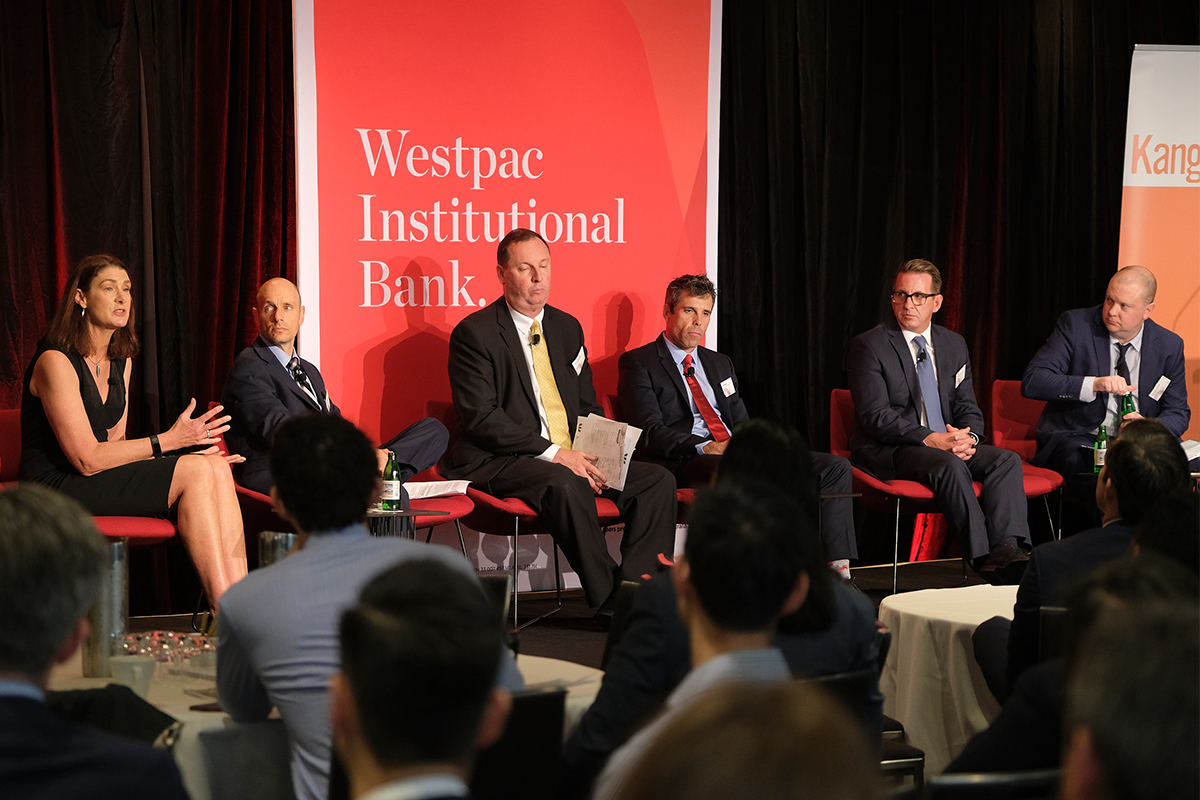
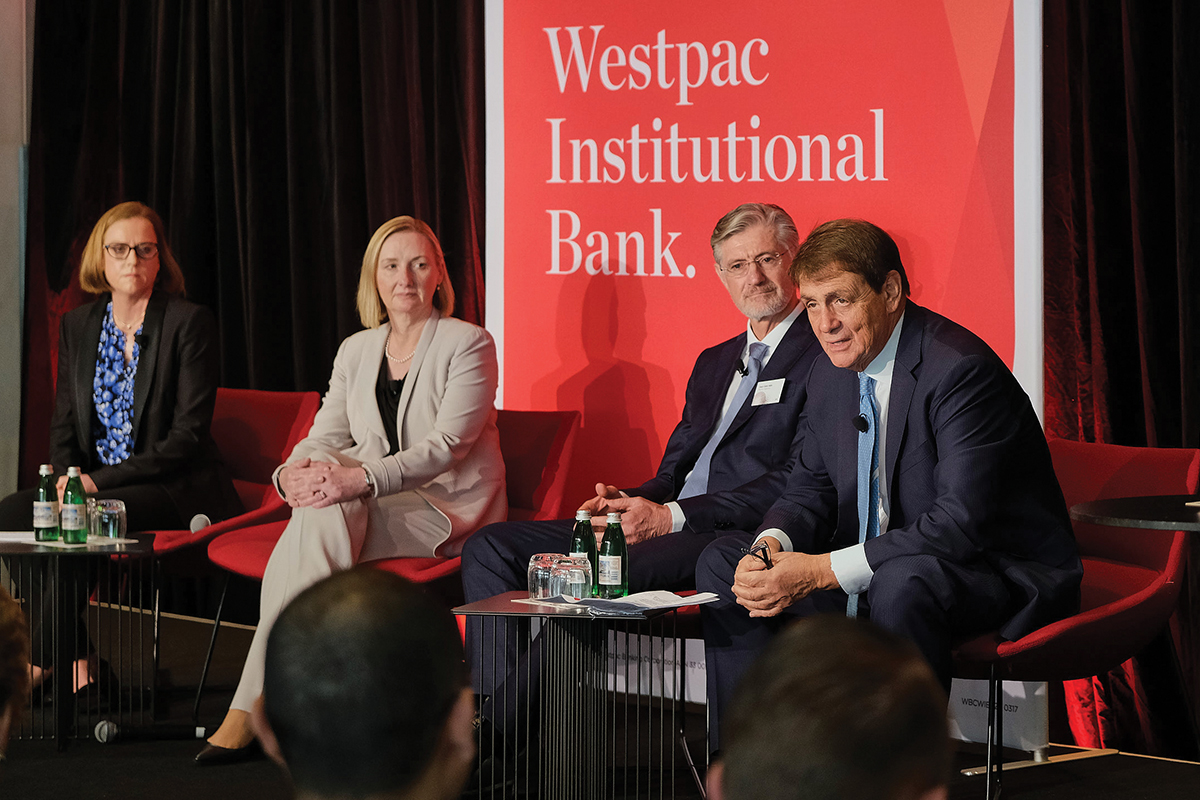
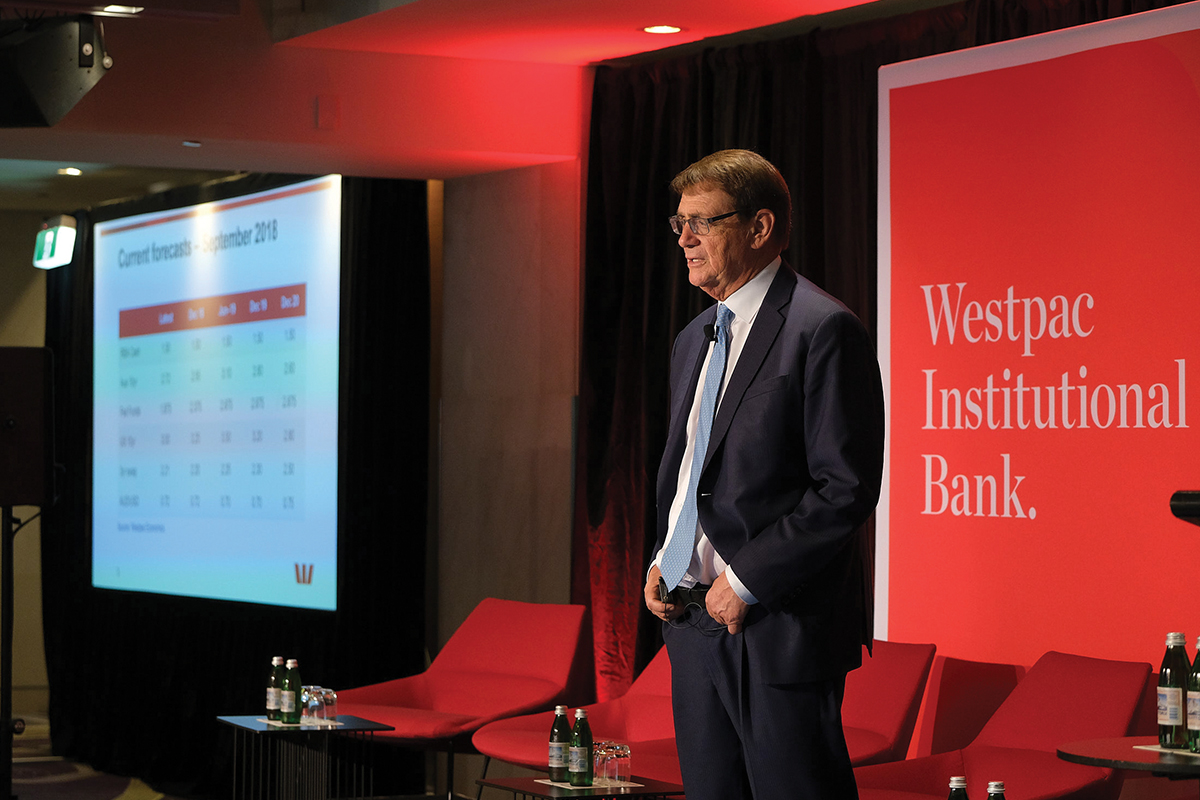
"We’ve found over the last couple of years that nonfinancial corporate bonds often have had better bid liquidity than other bonds. The bigger challenge globally is getting corporate exposure into our portfolio with primary markets as the major channel, as broker inventory in secondary markets has been low."
"One of the challenges of QE is that you get price-insensitive buyers of assets that used to have risk-based pricing. Bonds are a foundation base of risk for many other asset classes. There is concern that forcing investors out along risk curves distorts the bedrock of finance and pricing for risk."
"The pie has become bigger so funds under management in fixed income are growing. Sometimes this means ticket sizes are growing but more commonly it means investors need to look more broadly at where they can source assets, including strategies where they can invest offshore to get the diversity they need."
"When we rate a credit lower internally than what the rating agencies have, 60 per cent of the time it is because we have assigned a high ESG risk factor. This is important to our internal rating and it feeds directly into portfolio positioning. Each time we have changed an ESG rating and subsequently changed our internal rating, it has resulted in us altering the position of the credit in our portfolio."
"Our approach to sustainability-linked loan funding was quite flexible. There are a lot of products in the market, so it was about finding the right one to match Queensland Airports’ needs. We have an ESG framework that includes targets for carbon-emissions reduction and the loan was built on the back of this."


"With a credit rating, we are looking at debt serviceability. This doesn’t necessarily take into account things today that could happen five years in the future where there is some degree of doubt around how much the change will affect a business. A more holistic ESG evaluation can take more account of this."
"Investa has reached a point where we can call banks and ask for ‘grey pricing’ and ‘green pricing’ for a debt facility. At the moment, banks are wearing the price difference. I’d like to see APRA introduce a new tier of capital to deal with this – and I think this is when we will see sustainable loans become commonplace."
"We see loans and bonds with margins linked to sustainability performance principles as transition instruments. We expect them to be an important component of the Australian market for some time as we transition to a low-carbon and more sustainable economy. Once an entity’s sustainability performance goals have been met, it will potentially have assets that it can use for issuance in a GSS bond."
"The change from a forward-looking rate, like BBSW, to a backward-looking compound in arrears is a fundamental shift for corporates, from a cash flow and systems perspective. Many Australian corporates are waiting to see if term rates in the alternative reference rates can be developed but, even if they can’t, market participants are going to have to think more seriously about transition as we approach 2021."
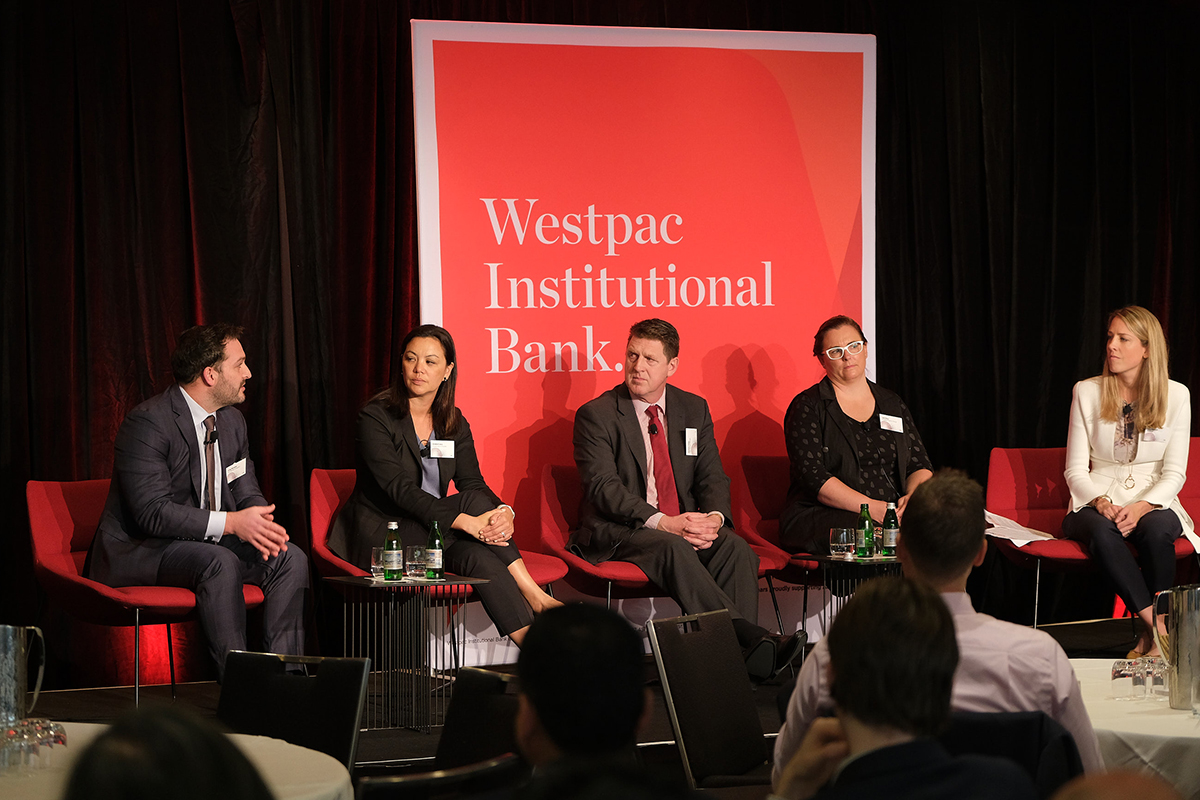

"We have had a number of 144A Australian issuers come back to the USPP market. It demonstrates what we on the buy-side have said for a long time, which is that the private market offers issuers a better option than the public market. The depth is greater than many would have believed in the past and issuers get better execution than 144A."
"USPP works really well when it comes to knowing and understanding the investors in your book, where they sit and what the maximum capacity might be from them. The flood of money coming from life insurers and fund managers in the USPP market is supporting very large capacity for issuers out of Australia."
"We looked for a market low on execution challenges and for availability of long-dated Australian dollar funding to match the required duration of our funding. The USPP market was able to meet our needs. We also received quite a few reverse enquiries, which gave us confidence that a deal would be successful."
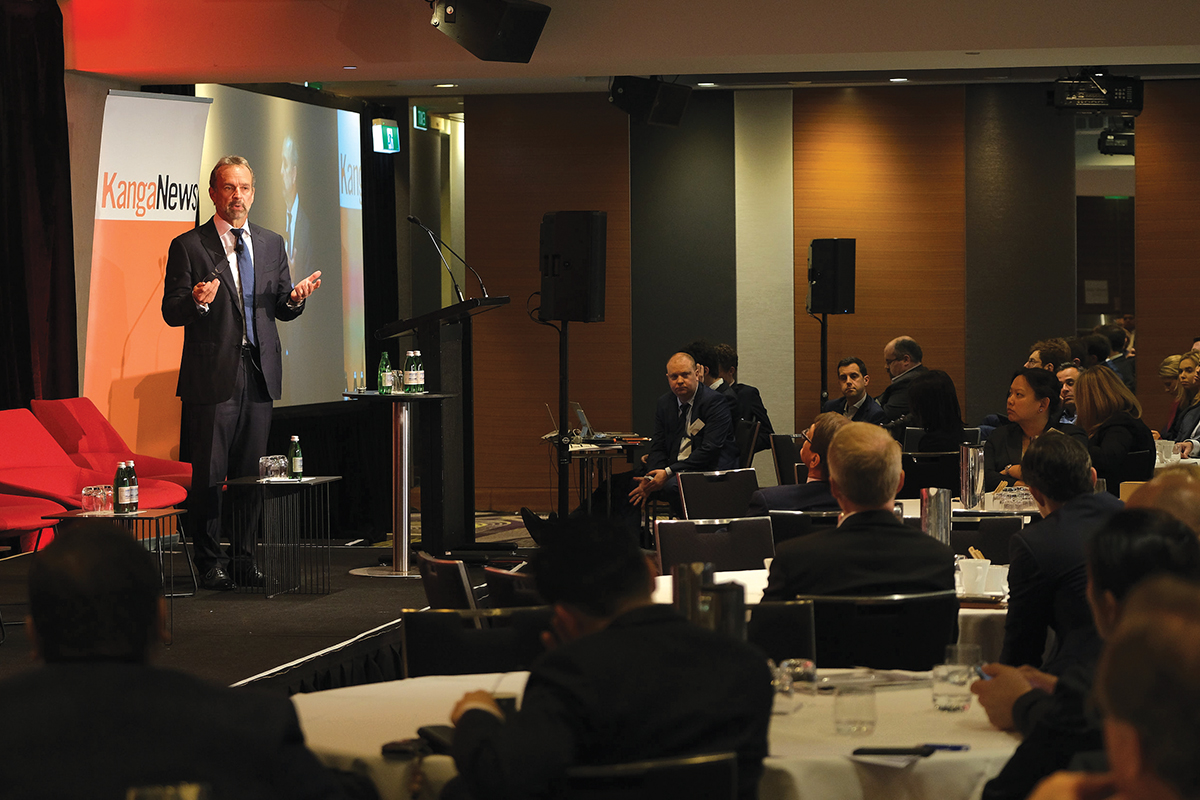




HIGH-GRADE ISSUERS YEARBOOK 2023
The ultimate guide to Australian and New Zealand government-sector borrowers.

WOMEN IN CAPITAL MARKETS Yearbook 2023
KangaNews's annual yearbook amplifying female voices in the Australian capital market.














